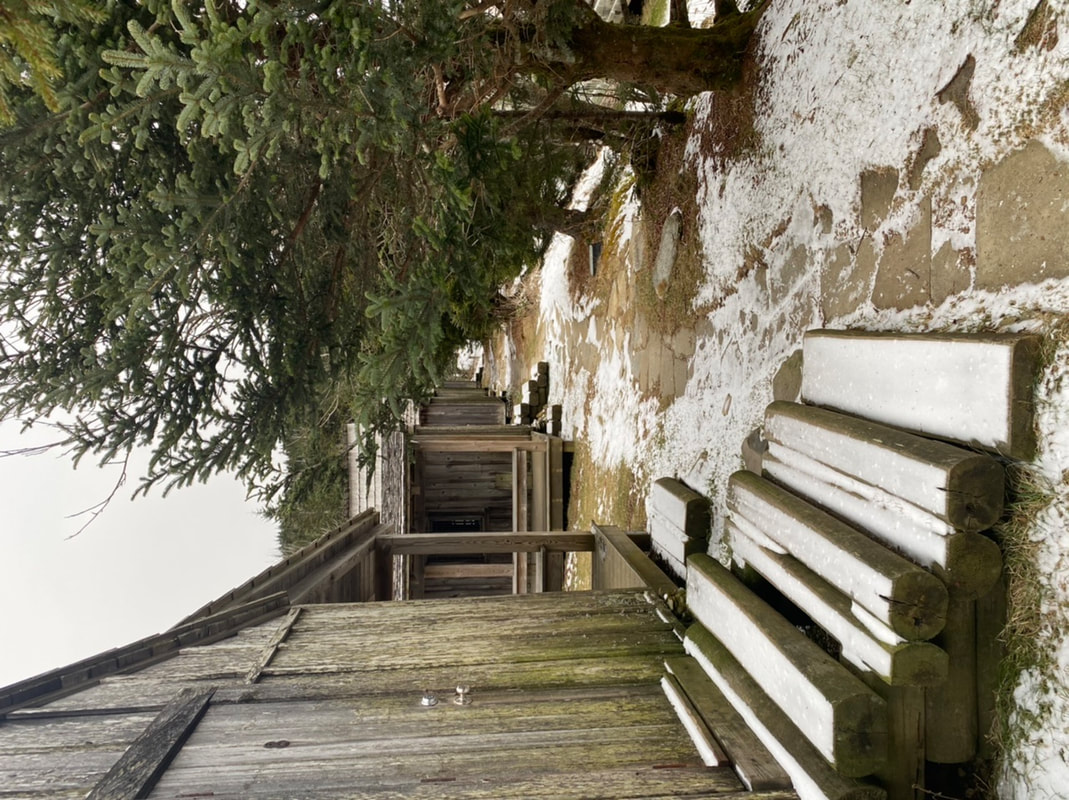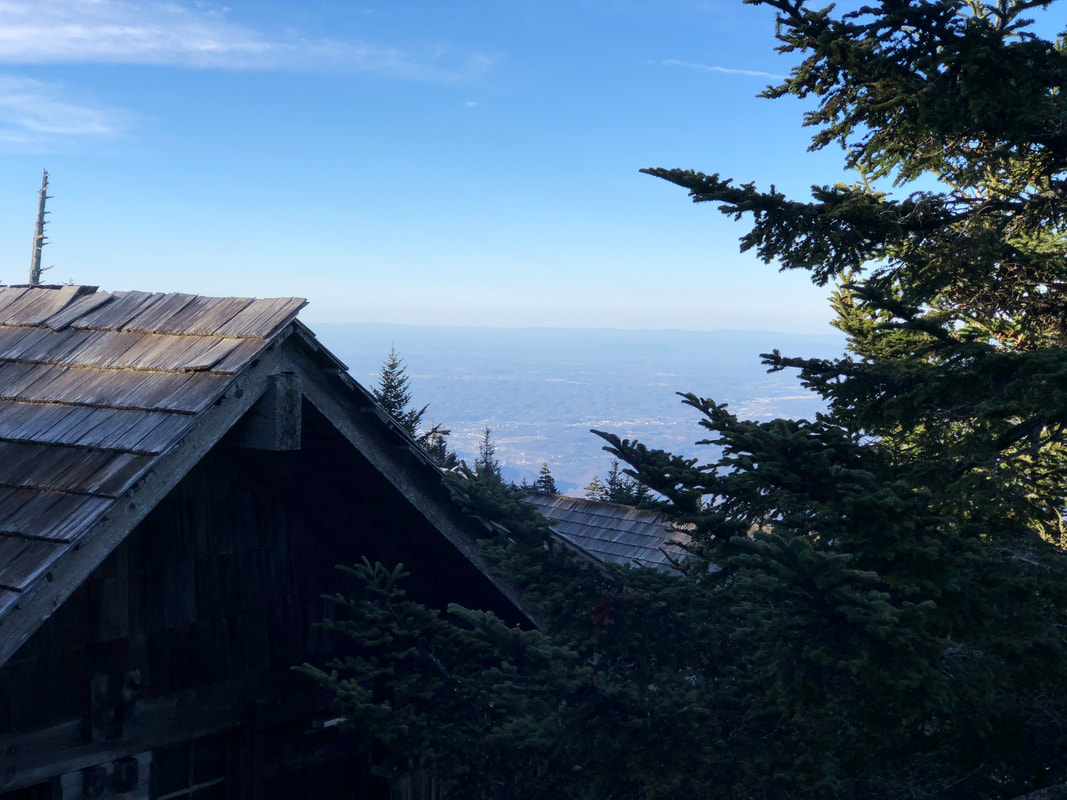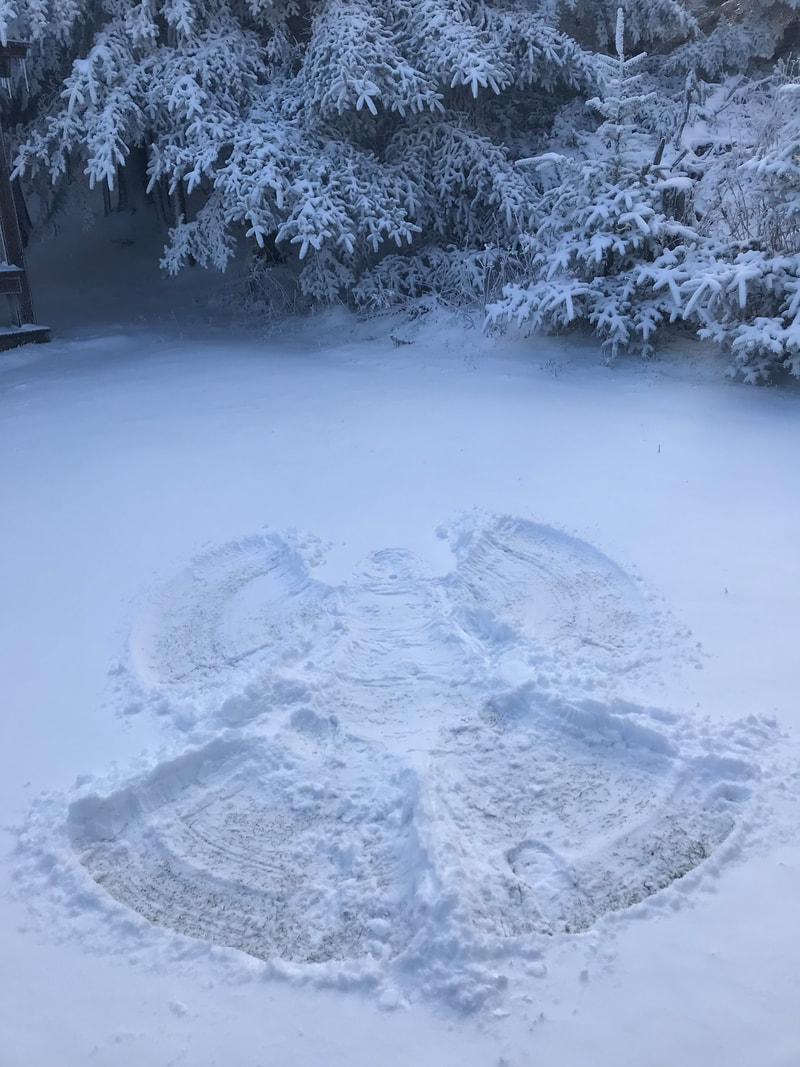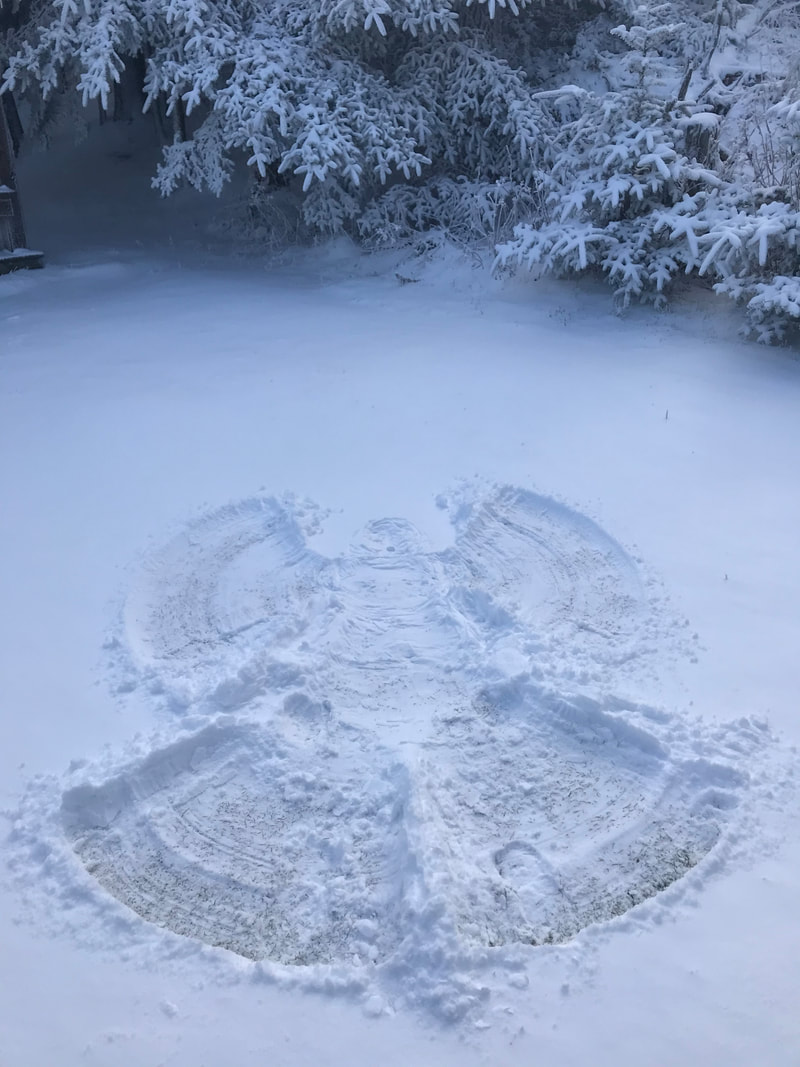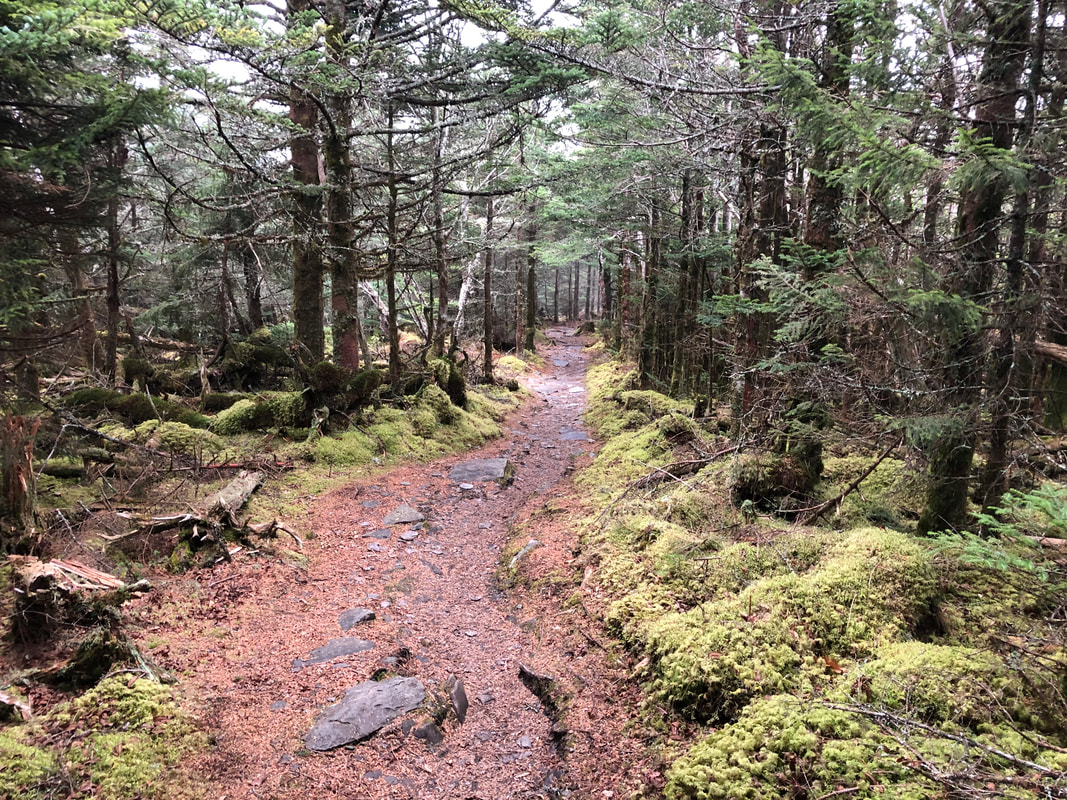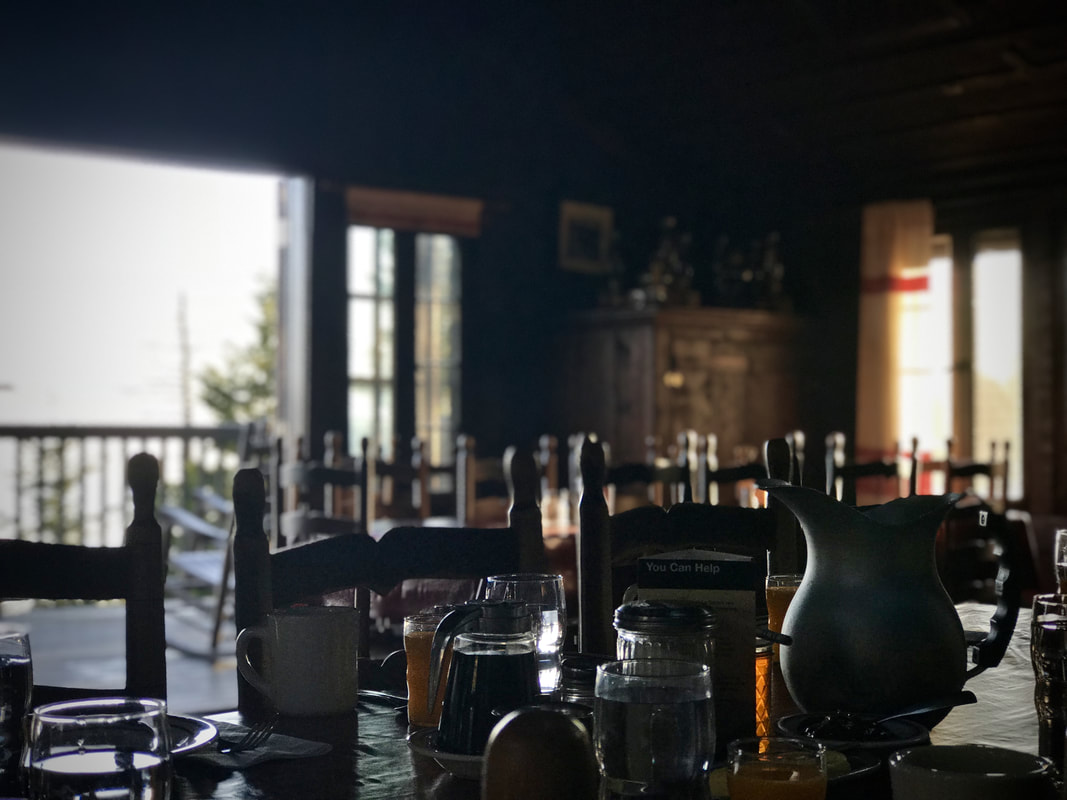|
Good afternoon to all of you High on LeConte readers. Allyson returns to the mountain today, so this will be my last update for a week or so. I'll give the weather update followed by a story about one of the oldest artifacts found near the summit of Mt. LeConte--the Walker Stone (which was carved 132 years ago Friday).
Wednesday proved a pretty nice day at the top of Tennessee with a high of 69, low of 58 and no rain. Wednesday marked the first day without rain on Mt. LeConte since July 5. To date, only July 1, 3, 5 and 25 have been completely rain-free this month. Unofficially, we've accumulated 12.75 inches of rain so far in July. I'd like to fly some of it to some other folks across the country who need rain so desperately. However, I don't expect I can tote it in my carry-on bag. Around mid-morning on Thursday the clouds broke, and we've enjoyed plenty of sunshine since. The Walker Stone is an interesting piece of Mt. LeConte history. William J. McCoy Jr. wrote a fine story about the early history of LeConte camp and lodge and the discovery of the Walker Stone, titled "The Walker Stone and Mt. LeConte." His story is available in the LeConte Lodge dining room in a spiral-bound book alongside a replica of the Walker Stone. It's an easy read over a cup of hot chocolate. I'll give you the highlights of the story. About a week ago I wrote about the importance of the LeConte spring in the lodge's location. In the 1940s, while clearing out the LeConte spring area, a rock was found with some words and a drawing etched upon it. The date July 27, 1880 was carved into the top of the rock, followed by the names J.N. Walker, L.L. Houser and T.F. Walker. Underneath the names, a rough carving of a man with a rifle to his shoulder, a deer and part of a hunting dog can be seen. Perhaps deer traversing LeConte used the spring for water and that's why that location was used for the hunt. While no historical record of early visits to the mountain exists (during that time period) and 1880 was a little before my time, I can tell you that we have a healthy deer population on top of LeConte at present. Climbing LeConte to hunt deer (and especially hauling the meat down) seems like a tough meal, but East Tennessee following the Civil War and Reconstruction was no picnic. I guess you fed your family any way you could manage. To our knowledge, no other such event in LeConte's history was similarly chronicled. In 1990 the Walker Stone was brought to the University of Tennessee for cleaning, photography and to make a cast. Who knows how long the Walker Stone had been on LeConte before the hunters picked it up and made their carving? At any rate, it surely hadn't moved much since 1880 before its big trip to Knoxville (and I get anxious if I am on the mountain longer than a month without a break). In addition, park archivists studied and documented the Walker Stone. The original Walker Stone is locked up for safe keeping. One final note, I don't know how many years it takes for something to be viewed as an historical artifact and not defacement. We have plenty of documentation about the current uses for Mt. LeConte, so please don't carve your name on anything in the park as the fine will lighten your wallet considerably.
Rod R
7/26/2012 07:31:26 am
The "D. Loomis" carving at Cliff Tops captured my interest, I guess mostly because it was dated from 1939, but more so because of the quality of the carving that was done. Must have taken quite a bit of time.
Woody
7/26/2012 08:31:47 am
27 inches of rain was recorded in July 1969. Seven inches fell in one 24 hour period.
Mark
7/26/2012 08:32:14 am
I saw the Loomis carving last year and took a picture of it. My wife did a little digging. He carved "Cov KY" which is Covington KY, across the Ohio river from Cincinnati. The carved July 3, 1939 date was the same day Lou Gehrig of the the Yankees made his "luckiest man" speech while announcing his disease. Mr Loomis joined the Navy, and served in the Pacific during WW 2. He married in 1949, had three boys. He lived in Covington, until his death in 1995. I always wonder what trail he hiked up, why he was there, and how he had the time to make such an artful carving.
Jacob
7/26/2012 10:21:54 am
Love the history from all of you. Thanks!!!
Darwin Richey
7/26/2012 10:32:21 am
Thank you for thinking about us dry folks on the mountain, we are as we speek getting a nice downpoor, thank the good Lord, we have had 4 tenths of rain on our farm in the last 13 weeks. we are 15.25 inches below where we should be.
doug
7/26/2012 11:10:58 am
I also have somehow missed the story of the Walker Stone; in my future visits to the lodge I must spend a little more time in the office reading, etc. very interesting. It's part of what makes the lodge so appealing.
Tenderfoot
7/29/2012 08:28:18 am
Is there a replica or casting of the original "Walker Stone" back up on the mountain in the general location of where it was found? Is there a website we can visit to see a picture of this stone? Thanks so much for this history leason!! 6/25/2013 10:24:47 am
I grew up climbing LeConte and the first thing we always did -- whether with family, friends, Scouts, or SMHC -- was to check that 'our" rock was OK. 7/29/2013 09:05:41 pm
It is good to hear about Walker Stone’s 132nd birthday. So there are long stories to tell which are part of the history as well as mankind. Thank you for sharing this wonderful article to the world and expecting more like this from you. 9/29/2013 04:11:40 pm
Be a yardstick of quality. Some people aren't used to an environment where excellence is expected. Comments are closed.
|
LeConte LodgeWelcome to the official blog of LeConte Lodge. We hope you find the information provided here both helpful and enjoyable. Thank you for visiting the site, and we hope to see you on the mountain! Archives
June 2024
|

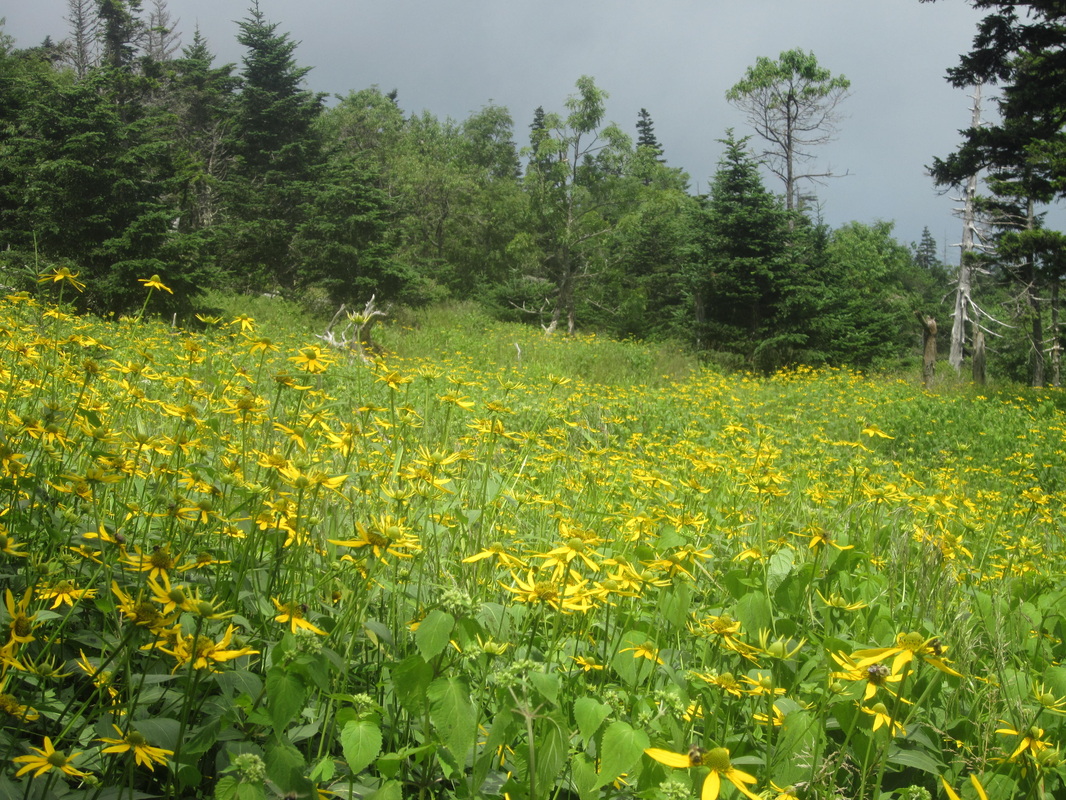
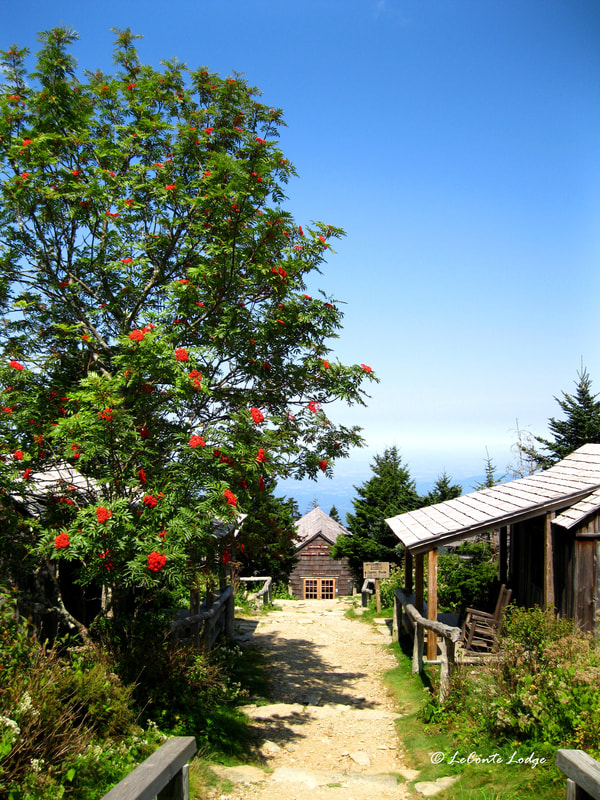
 RSS Feed
RSS Feed
